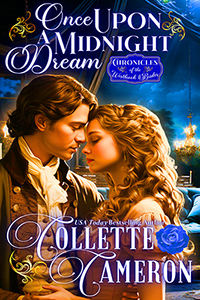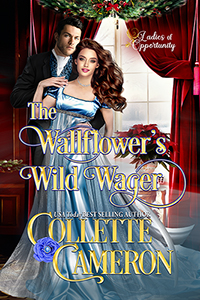Today I’m talking about Regency writing. No, not writing Regency romance, but actually writing with a quill. You know, a feather.
As an author, it’s nearly impossible for me to imagine writing with a quill pen. I can barely write legibly with a fine point gel pen.
During the Regency Era, though metal nibs had been invented, they were rarely used. Quill pens were preferred and much more economical.
I had no idea that different sized quills were used for varies sized text. It makes sense. It’s not like they had a computer they could change the font size with a simple click of a mouse.
| Trimming the nib |
Goose feathers were a popular choice for quills. (I’ve had geese and turkeys and often wondered if their quills would have been used for writing. Both were.) The most desirable quills came from swans or peacocks. The tip of the quill (the nib) is trimmed with a knife before writing with the feather.
Why you ask? Well, how else were they to vary the thickness of the writing? I suppose this was done when one didn’t have a smaller feather sitting about.
Feathers from crows, hawks, owls, pheasants, and eagles were also used. And lest you worry about the foul from whence said feathers were obtained, molted feathers were used. No chasing unsuspecting birds about the barnyard yanking feathers from them. Feathers were sorted into three grades, primes, seconds, and pinions, according to size of the quill.
| Quills in various stages of the nibs being trimmed |
The feathers had to be hardened too. This was done by dipping the tip of the feather into hot sand until the outer membrane pulled away. The softened quill was then flattened and the end rounded. Another method to harden the quill was to boil the ends for a minute, and then lay them out to dry. This process was repeated on the finer quality pen, those longest and largest, several times. Hardened quills were more flexible and less brittle.
Another interesting tidbit I discovered while researching Regency writing implements was that the word pen actually comes from the Latin word penna. Want to guess what it means? You’re right: feather. I read contradicting accounts on whether left-handed people preferred feathers from the right wings and right-handed people preferred feathers from the left wing. Some sources said this was true, while others maintained it wasn’t.
| Inkwell |
| Quill Case |
I also learned that the barb, the actually feathery part of the pen, was trimmed as the nib was shortened from use. Some people cut away the barb completely before they began to use the pen. Those pictures we see of the huge plumes on the ends of quill pens?
Nope. Didn’t happen.
To write, the tip was dipped into an ink pot. The quill held a small amount of ink, so redipping every little bit was necessary. (I can just imagine the unholy mess I’d make.) A blotter was used to pick up excess ink. Then, the document was sprinkled with sand to speed up the drying process. If one needed to transport their quills, a metal quill case was often used.
I’m trying to picture Jane Austen writing away with her quill. Have you ever written with a quill pen? What was it like?
Resources:
http://janeaustensworld.wordpress.com/tag/letter-writing-in-the-regency-era/
http://en.wikipedia.org/wiki/Quill
http://regencyredingote.wordpress.com/2009/09/11/the-quill-the-regency-pen/
http://medievalwriting.50megs.com/tools/quill.htm












